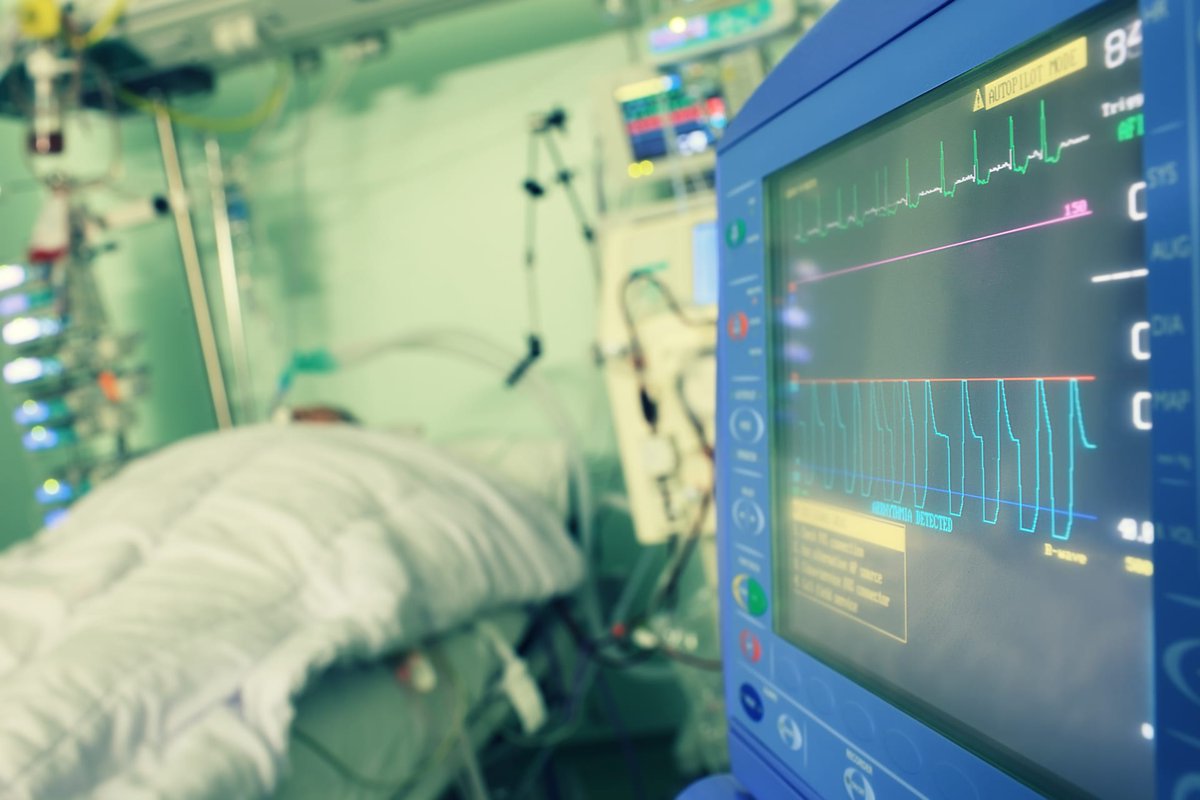Discover and read the best of Twitter Threads about #ccr22
Most recents (5)
1/7 #PREPAREII showed that a 500-ml fluid bolus does not prevent cardiovascular collapse during tracheal intubation in the ICU. I love efficient study designs - this trial had two features that in my opinion are worth replicating in future #criticalcare #RCTs (a thread 🧵):
2/7 Sample size: the authors calculated that 750 patients would be needed to detect a MCID with an 80% power. After a blinded interim analysis it became clear that the event rate is lower than expected. Smart study design feature no.1️⃣: adaptive sample size re-estimation.
3/7 The goal of sample size re-estimation is to prevent the dreaded "underpowered study" - a situation where the trial can no longer rule out that a clinically meaningful effect exists due to the signal/noise ratio in the data being to low. You can do it using both frequentist &
➡️The history of resuscitation in cardiac arrest is long and fascinating
➡️Over time, four components have emerged to provide the central basis for saving an apnoeic, pulseless person just minutes from death
A thread.....
1/30
➡️Over time, four components have emerged to provide the central basis for saving an apnoeic, pulseless person just minutes from death
A thread.....
1/30

A widespread intervention in critical care over the past 20 years has been the use of induced hypothermia post cardiac arrest
➡️ A thread......
1/24
➡️ A thread......
1/24

Oxygen is the most abundant chemical element by mass in the Earth’s biosphere and is one of the most used drugs in medicine.
But what are the thresholds for its use in critical care?
A thread...
1/16
But what are the thresholds for its use in critical care?
A thread...
1/16

One of the most outstanding questions in critical care is whether patients benefit from IV fluid resuscitation in septic shock.
A thread...
(image shutterstock)
1/16
A thread...
(image shutterstock)
1/16

In the 1800s, cholera was the scourge of Europe, killing over a million people through its toxin mediated diarrhoea and subsequent cardiovascular collapse
(image shutterstock)
2/16
(image shutterstock)
2/16

In 1830, Hermann suggested treating the haemoconcentration seen in cholera patients with intravenous water. His colleague Jaehnichen injected 6 oz of water to a patient, with an apparent clinical improvement, but the patient died 2 hours later
(10.1016/j.clnu.2008.01.008)
3/16
(10.1016/j.clnu.2008.01.008)
3/16






